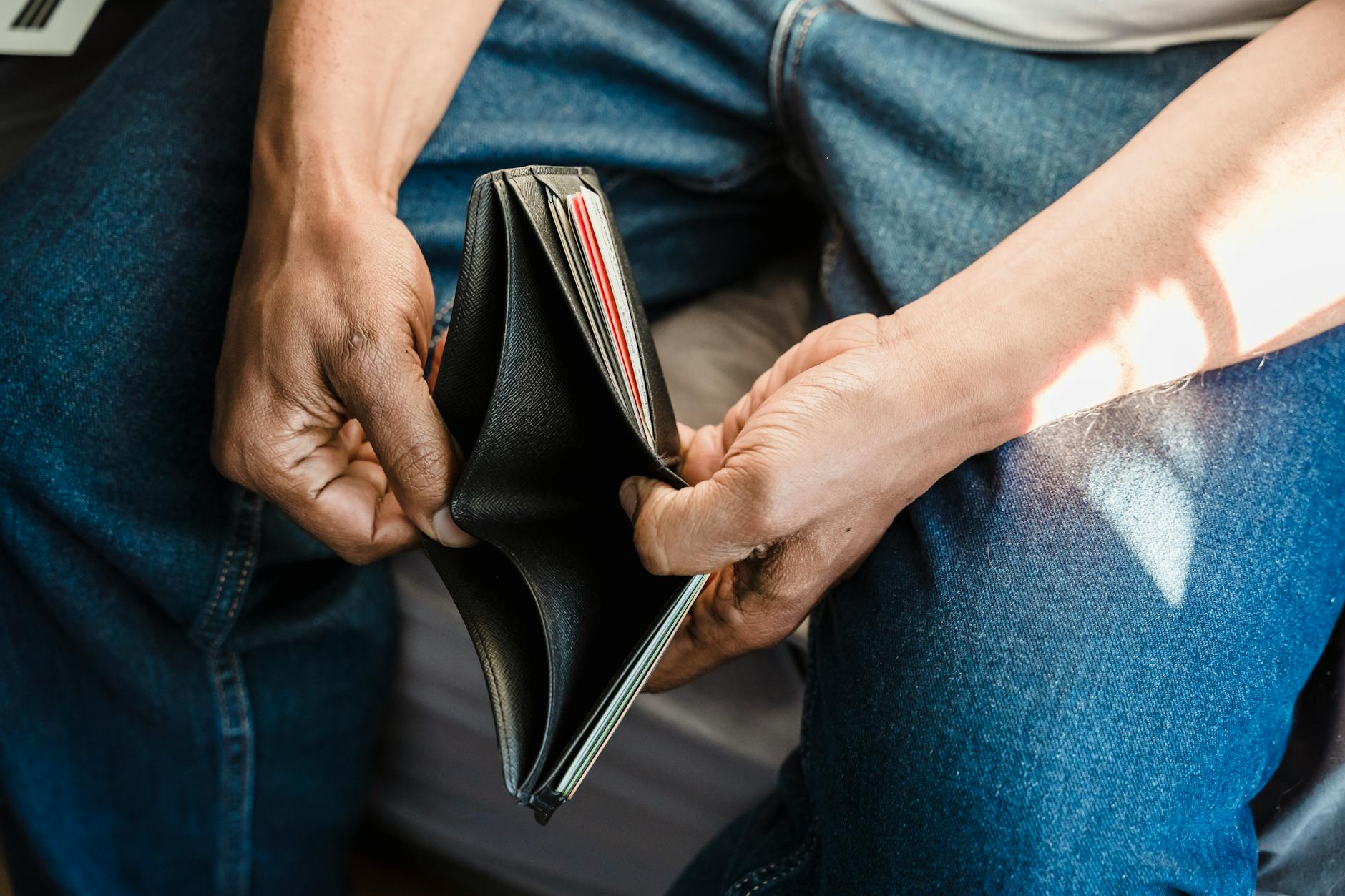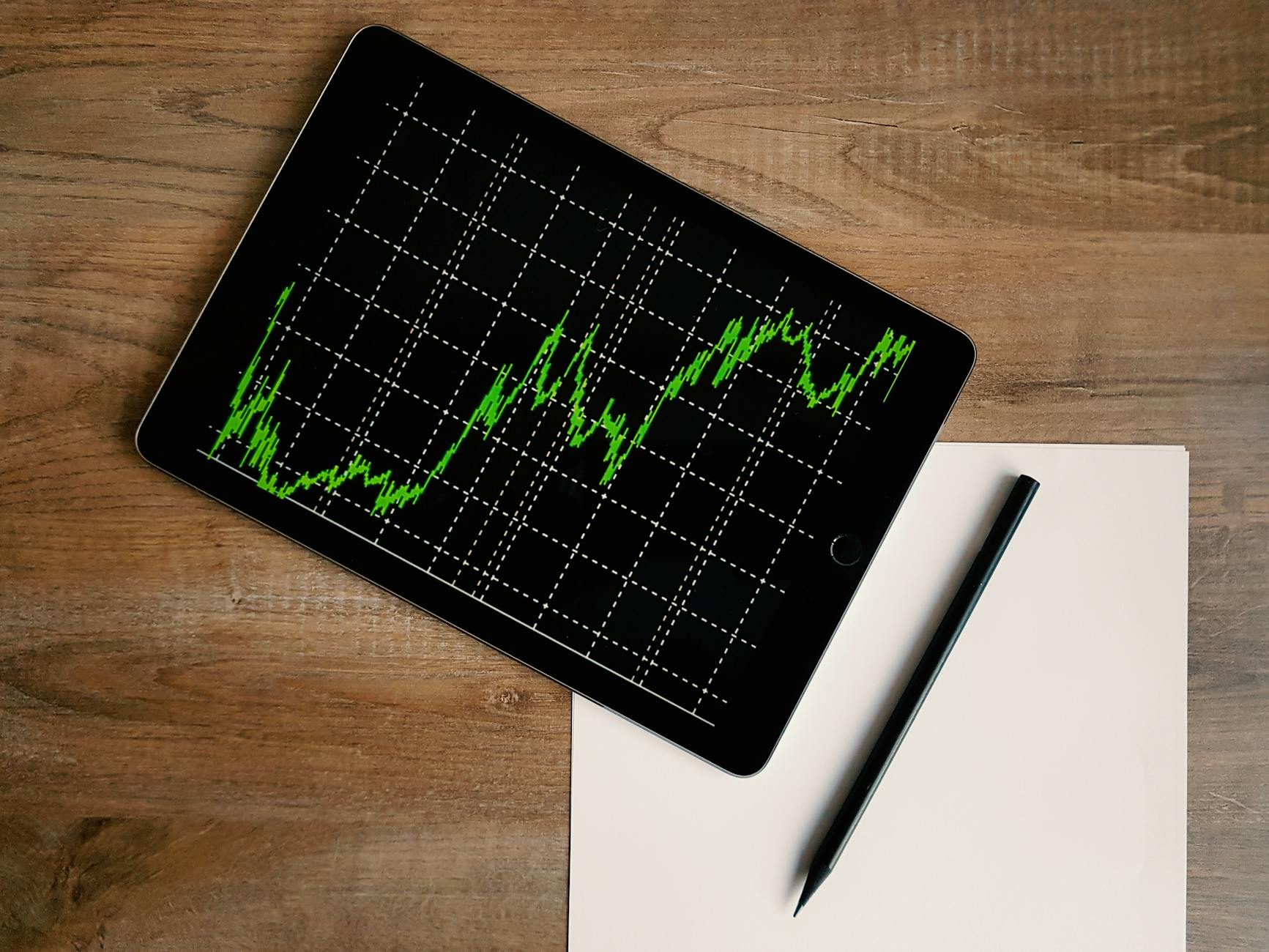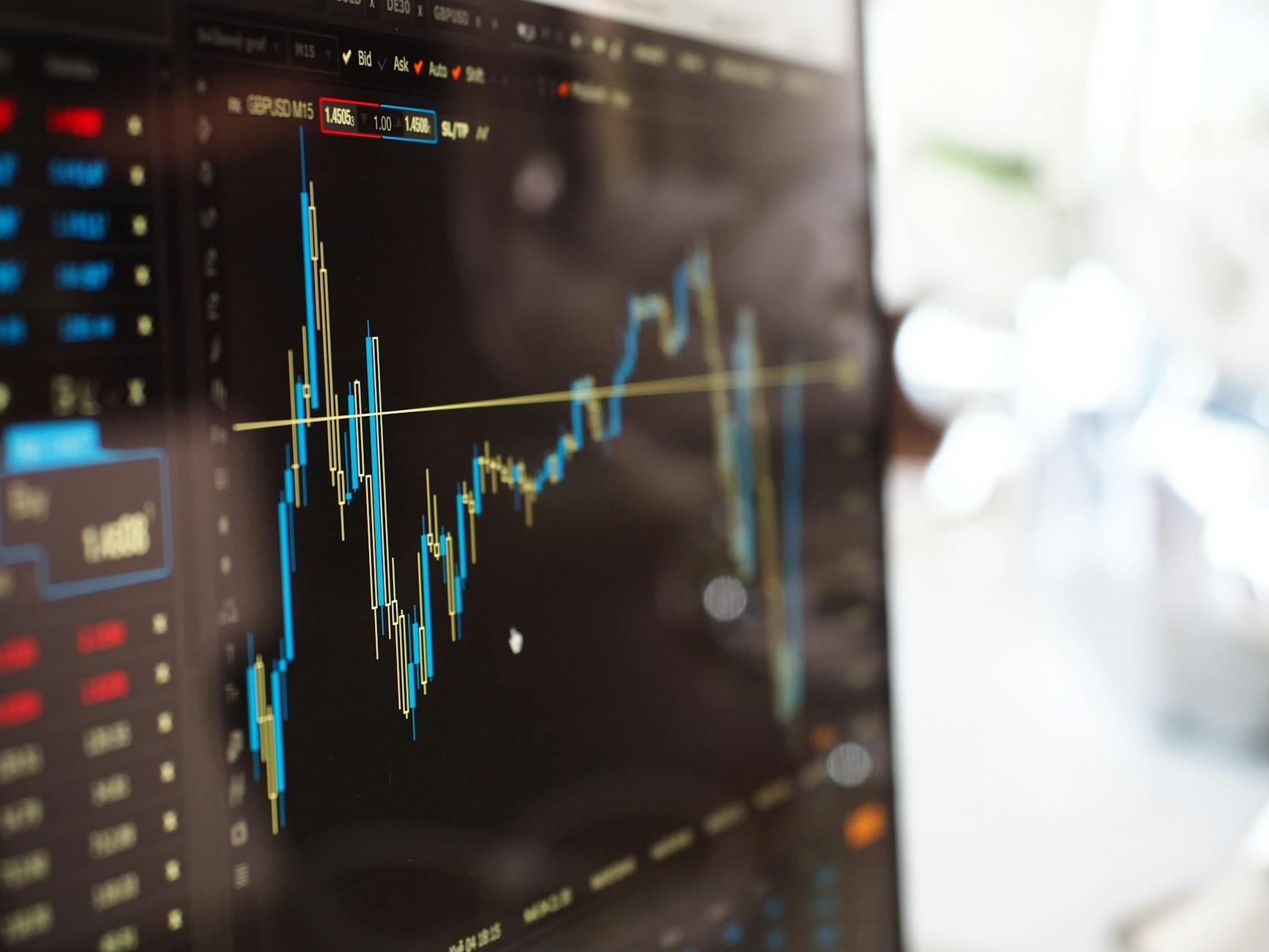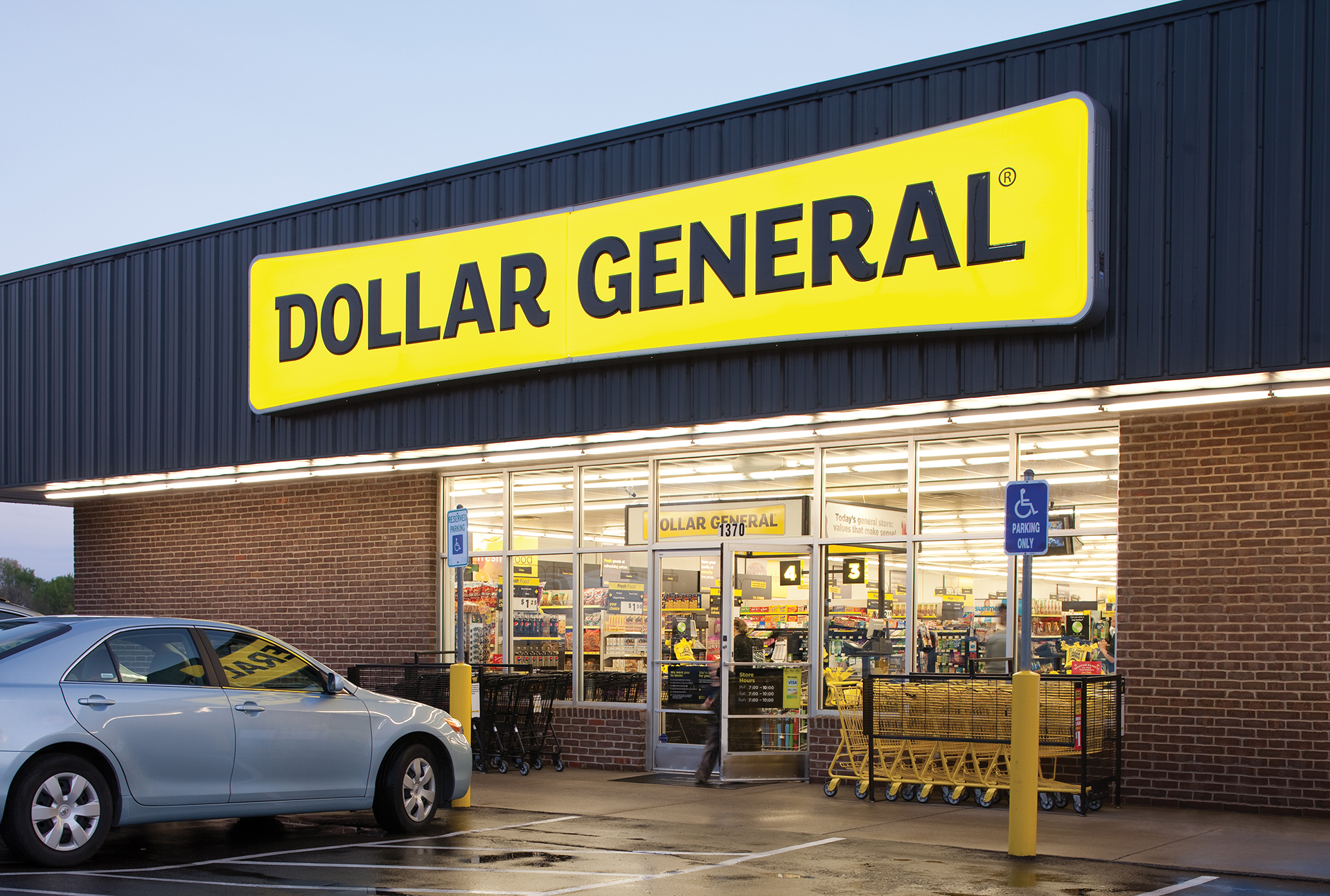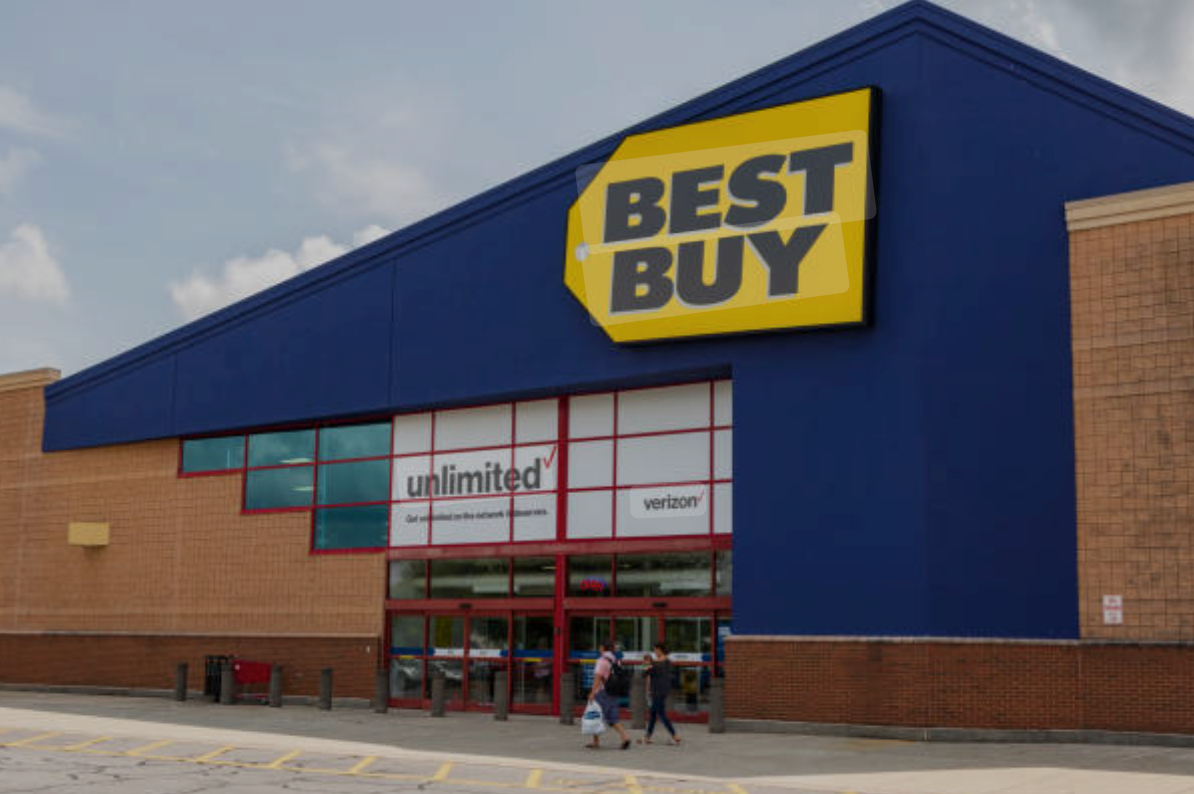Estimated reading time: 10 minutes
Buy Now, Pay Later: Revolutionizing Fintech Payments
Discover the Rise, Mechanics, and Future of Buy Now, Pay Later Technology
Understanding Buy Now, Pay Later
Buy Now, Pay Later (BNPL) is a fintech innovation that lets consumers purchase goods or services and pay in installments, often interest-free, over weeks or months. Unlike traditional credit, BNPL offers instant approval at the point of sale (POS), integrating seamlessly with online and in-store checkouts. Its rise reflects the growing demand for flexible payment solutions in the digital economy.
BNPL’s simplicity and accessibility make it a favorite among millennials and Gen Z, aligning with their preference for instant gratification without long-term debt.
How BNPL Powers Modern Commerce
The BNPL business model is a dynamic ecosystem connecting consumers, merchants, and providers. Here’s a detailed breakdown:
- Consumer Experience: Shoppers select BNPL at checkout, splitting costs into fixed payments (e.g., four installments over six weeks). Approvals use soft credit checks or AI-driven risk assessments, requiring no upfront payment in many cases. For example, a $200 purchase might be split into four $50 payments.
- Revenue Model: Providers earn primarily through merchant fees (2%-8% of transaction value), paid by retailers to offer BNPL. Longer-term plans may include interest (0%-30% APR), and late fees (e.g., $7-$35 per missed payment) add revenue, though these vary by provider.
- Merchant Incentives: BNPL boosts sales by up to 30% and increases average order values, as consumers spend more with flexible payments. However, high fees can erode merchant margins, especially for low-margin retailers.
- Risk Management: Providers bear default risks, using AI to assess creditworthiness based on purchase history, income, and spending patterns. Defaults are absorbed or sent to collections, impacting profitability.
- Technology Integration: BNPL platforms integrate via APIs with e-commerce giants (e.g., Shopify, Amazon) and POS systems, enabling seamless transactions. Automated reminders and mobile apps enhance user experience.
BNPL’s model thrives on balancing consumer convenience, merchant growth, and provider profitability, but it hinges on managing credit risks and regulatory compliance.
The Explosive Growth of BNPL
BNPL emerged in the early 2010s during the fintech boom, fueled by mobile technology, e-commerce expansion, and consumer aversion to high-interest credit cards. By 2024, the global BNPL market reached $316 billion, doubling from 2021, with an 18% growth in 2023. Projections estimate a $1.1 trillion market by 2030, driven by a 22.4% CAGR and adoption in regions like Latin America and Asia-Pacific.
Macroeconomic factors, such as rising interest rates and declining credit card usage, have boosted BNPL’s appeal. Its integration into digital wallets and retail checkouts has solidified its role in modern commerce.
BNPL Market Size Growth (2019–2030)
| Year | Market Size ($B) |
|---|---|
| 2019 | 80 |
| 2021 | 158 |
| 2023 | 267 |
| 2024 | 316 |
| 2030 (Projected) | 1100 |
Key Players and Financial Backing
BNPL’s growth is driven by leading companies with robust funding and strategic partnerships:
- Klarna: Founded in 2005 in Sweden, Klarna pioneered BNPL in Europe. It raised $4.5 billion across multiple rounds, including $800 million in 2022, reaching a $6.7 billion valuation by 2024. Partnerships with H&M and IKEA span 152 countries.
- Afterpay: Launched in 2014 in Australia, Afterpay raised $1.5 billion before its $29 billion acquisition by Block in 2021. Operating in 62 countries, it popularized interest-free installments.
- Affirm: Founded in 2012 by PayPal co-founder Max Levchin, Affirm raised $1.5 billion, including a $500 million Series G in 2020, with an $8.6 billion valuation by 2024. It emphasizes transparency and no hidden fees.
- PayPal (Pay in 4): Entering BNPL in 2020, PayPal leverages its 400 million+ user base, requiring no external funding for its BNPL offering.
| Company | Founded | Total Funding ($B) | Valuation ($B, 2024) | Key Investors |
|---|---|---|---|---|
| Klarna | 2005 | 4.5 | 6.7 | Sequoia Capital, Silver Lake |
| Afterpay | 2014 | 1.5 | 29 (Acquired) | Block, Matrix Partners |
| Affirm | 2012 | 1.5 | 8.6 | Khosla Ventures, Founders Fund |
Funding Comparison of BNPL Giants
| Company | Total Funding ($B) |
|---|---|
| Klarna | 4.5 |
| Afterpay | 1.5 |
| Affirm | 1.5 |
Navigating BNPL’s Challenges
Despite its growth, BNPL faces significant hurdles that test its sustainability:
- High Operating Costs: Aggressive marketing and customer acquisition lead to substantial losses. Credit losses have surged, with some providers reporting millions quarterly due to scaling efforts.
- Elevated Default Rates: Approximately 40% of BNPL users, especially younger demographics, missed payments in 2024, heightening credit risk and impacting profitability.
- Regulatory Pressures: Evolving global regulations, such as consumer protection laws, mandate transparent disclosures and dispute resolution, increasing compliance costs by up to 15% for providers.
- Funding Challenges: High interest rates since 2023 have tightened venture capital markets, limiting funds for BNPL firms reliant on external capital to offset losses.
- Debt Stacking Risks: Consumers using multiple BNPL services accumulate unreported debt, creating “phantom debt” that could trigger systemic risks during economic downturns.
- Merchant Fee Tensions: High fees (2%-8%) strain retailer relationships, especially for low-margin businesses, risking reduced adoption if benefits wane.
BNPL Default Rates in 2024
| Provider | Default Rate (%) |
|---|---|
| Klarna | 0.54 |
| Afterpay | 2.39 |
| Affirm | 2.39 |
| Overall BNPL | 40 |
Note: Default rates for Klarna reflect 2025 data, while Afterpay and Affirm use earlier figures due to limited recent data. The overall BNPL rate (40%) reflects late payments across all users in 2024, not direct defaults.
BNPL vs. Credit Cards: A Comparison
BNPL offers a unique alternative to traditional credit cards, tailored for modern commerce:
| Aspect | BNPL | Credit Cards |
|---|---|---|
| Payment Structure | Fixed installments (e.g., 4 payments over 6 weeks) | Revolving credit with minimum payments |
| Interest Rates | 0% for short-term; 10-30% for long-term | 15-25% APR on unpaid balances |
| Fees | Late fees ($7-$35) or none; no hidden charges | Annual fees, late fees, interest |
| Credit Impact | Soft checks; selective bureau reporting | Hard checks; impacts credit score |
| Use Case | E-commerce and POS purchases | General-purpose spending, rewards |
BNPL shines for quick, transparent purchases, while credit cards offer flexibility and rewards for broader financial needs.
BNPL’s Future: 2025–2035
The BNPL sector is poised for transformative growth, driven by innovation and global demand:
- Global Expansion: The market is projected to reach $1.1 trillion by 2030, with a 22.4% CAGR, fueled by adoption in emerging markets like India and Brazil.
- AI-Driven Innovation: AI will optimize credit scoring, reduce fraud by 20%, and personalize offers, enhancing user retention.
- Regulatory Evolution: Stricter consumer protection laws will increase costs but build trust, with 80% of providers expected to report to credit bureaus by 2030.
- Strategic Partnerships: Collaborations with banks and platforms like Shopify will drive 30% of BNPL growth, alongside mergers like Afterpay’s.
- Big Tech Rivalry: Apple and PayPal’s BNPL offerings will capture 25% of the market by 2030, challenging smaller players.
- Ongoing Risks: Economic volatility, high default rates (40% in 2024), and funding constraints could limit growth for non-established firms.
BNPL’s future depends on navigating regulation, leveraging AI, and managing risks to maintain its fintech dominance.
Conclusion: BNPL’s Fintech Legacy
Buy Now, Pay Later has redefined fintech, growing to a $316 billion market by 2024 through its alignment with digital commerce and consumer needs. With a robust business model, major players like Klarna, Afterpay, and Affirm drive innovation, despite challenges like defaults and regulation. As BNPL eyes a $1.1 trillion market by 2030, its success hinges on balancing growth, compliance, and risk management. Explore more fintech trends on Qunatical.
